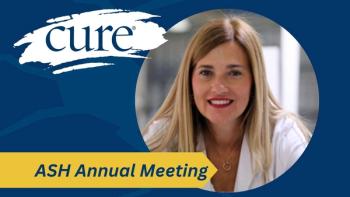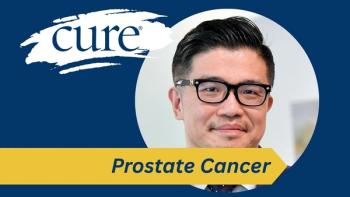
The Caregiver Space Reaches Caregivers of All Ages
While the stereotypical cancer caregiver is someone who is older, The Caregiver Space realizes that this group is diverse in age and profession. The online resource center seeks to support them all.
What does a caregiver look like? Many people may picture an older person caring for their spouse, or a doctor or a nurse doting on patients. But The Caregiver Space recognizes that caregivers come in all ages and professions. The online resource center caters to them all.
“Young caregivers are definitely left out of the conversation, because when people think about caregivers, they think of an older person, usually caring for a spouse,” Cori Carl, director of The Caregiver Space said in an interview with CURE. “But that’s not always the case. A tremendous number of high school students, or college-aged kids and young people are caregivers. We have a lot of millennials on our site.”
The Caregiver Space, which provides online peer-to-peer support for professional, family and former caregivers, reaches about half a million people each month, and the age range is pretty much evenly spread out from 18 to 65, Carl said. Many younger caregivers — who often don’t even consider themselves “caregivers” – are taking care of a parent, sibling, grandparent or other family member who has cancer.
“When you’re 18 or 21, the least established person without a career you’d be leaving, family members often look at that person and say, ‘it would be so easy for them to take a semester off school’ or ‘they just don’t need to look for a new job. They can just take care of the family member and find a job after,’” Carl said. “Then that person is called upon to be a full-time caregiver.”
Regardless of age or profession, The Caregiver Space has something to offer for all people providing care. The organization has an online magazine published daily about topics such as grieving, caregiver profiles of artists or entrepreneurs and tech startups in the caregiving industry. And while there are some guest posts from experts or other organizations, The Caregiver Space focuses on peer-to-peer support. This way, Carl explained, caregivers can help one another navigate the caregiving process and see tools that have helped other people in similar situations.
“I have heard it over and over again how nobody understands what caregiving is like unless they’ve done it themselves,” Carl said.
The Caregiver Space just finished piloting their Caregiver Buddy program, that matches caregivers for one-on-one support, which will debut in the coming weeks. The organization also has an online toolbox of tips and advice to help caregivers in their role, as well as a social media campaign, Faces of Care, where participants can use the hashtag #facesofcare to show what their day-to-day lives as caregivers are like.
“It’s a really fun way for caregivers to have a little bit more creative expression and get all sorts of support and reassurance and connect with other caregivers to really show who is behind them,” Carl said. “It’s been tremendous to see caregivers who actually don’t fit that idea of what we think of when we think of a caregiver.”
For more information on The Caregiver Support, visit their





